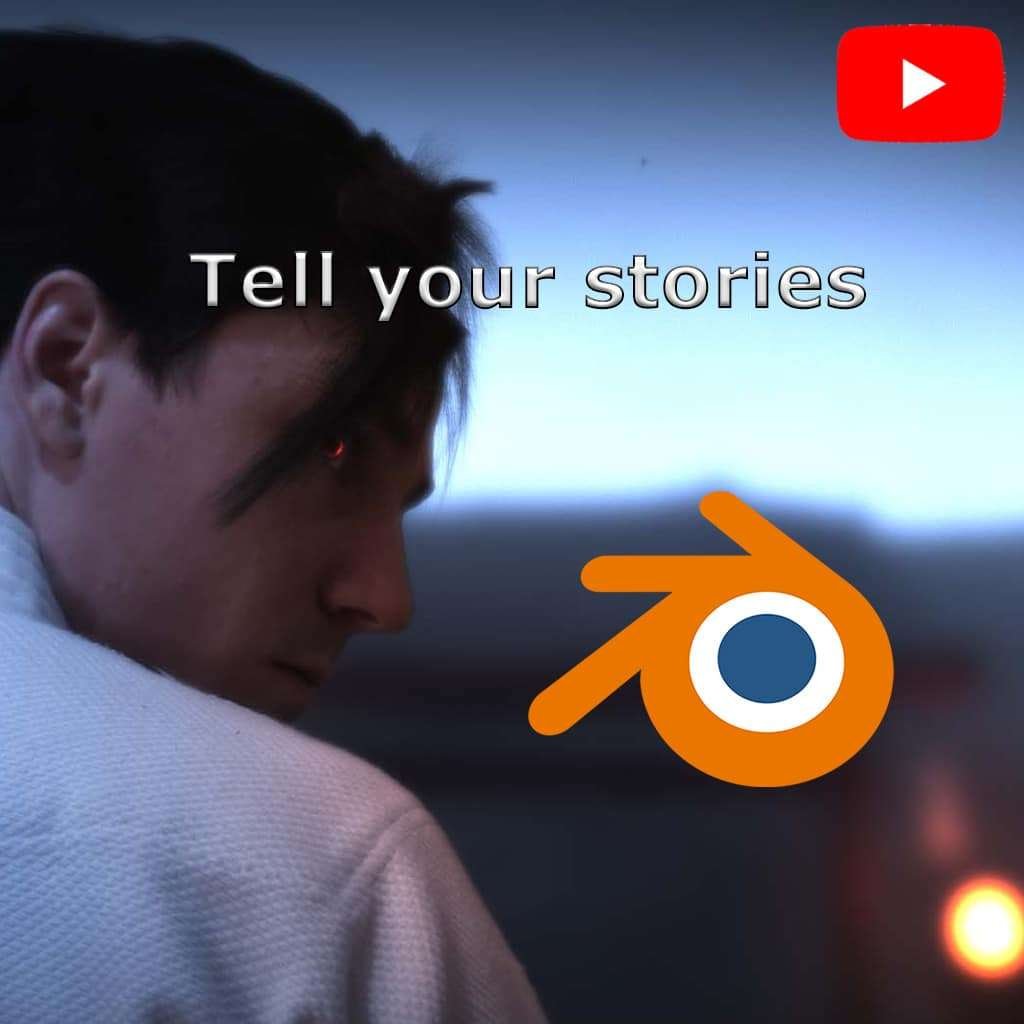Let’s be honest: most tech product videos feel the same. Over-polished. Over-scripted. Over-sold.
In a world where users are bombarded with ads every day, traditional video marketing is losing its power. What today’s audience wants is connection. Not another sales pitch.
So how do you promote your product without making it look like you’re promoting it?
That’s where cinematic storytelling comes in.
By grounding your message in emotion, narrative, and authenticity, you can create a cinematic product video that feels like a short film — not a commercial. This article will show you how to craft product storytelling that earns trust, builds your brand, and drives conversion without looking or sounding like an ad.
Let’s dive in.
Table of Contents
- Why Traditional Ads Don’t Work Anymore
- The Power of Story-First Product Videos
- How to Make Your Tech Product the Hero, Not the Sales Pitch
- FAQ
Why Traditional Ads Don’t Work Anymore
The modern consumer is hyper-aware. Especially in the tech world.
They’ve seen a thousand explainer videos, motion graphics reels, and demos.
So when a product video begins with a forced voiceover and a corporate jingle, it’s game over. The skip button wins.
1.1 The Ad Fatigue Era
Users today instantly recognize ad formats.
They tune out anything that smells like marketing.
- Generic script? Ignored.
- Floating text over B-roll? Skipped.
- Features dumped in bullet points? Forgotten.
This is why engagement drops when brands go the traditional route — especially in B2B tech. Buyers want to see why your product exists, not just what it does.
1.2 Tech Buyers Aren’t Robots
Even if you sell SaaS or AI, your buyers are humans. Humans with emotions, aspirations, frustrations.
And here’s the truth: people don’t buy products. They buy stories, identity, and vision.
A cinematic product video isn’t just about the product — it’s about the impact that product has.
It shows the problem before the solution. The pain before the hope.
That emotional context is what makes the message land.
It’s not an ad. It’s a mirror.
The Power of Story-First Product Videos
If your product video feels like an ad, it’s probably because you started from the wrong place.
Too many brands begin with:
- What are our features?
- What’s our unique selling point?
- What’s the CTA?
But cinematic storytelling flips that script.
2.1 Start with the Story, Not the Sale
Every great product storytelling piece starts with a narrative question:
What transformation does this product enable?
It’s not about showing the dashboard.
It’s about showing someone stuck, frustrated, dreaming bigger — and what changes when they meet your product.
Think of it like this:
- Before: A developer buried in inefficient workflows.
- After: Freedom to focus on creative tasks thanks to your AI tool.
- Bridge: Your product — not as a hero, but as the tool that empowers the hero.
That’s not marketing. That’s storytelling.
2.2 Emotion Makes It Memorable
Studies show that emotionally engaging stories are 22x more memorable than facts alone.
So why do so many product videos avoid emotion?
Cinematic storytelling taps into visual metaphor, human expression, and immersive sound design to create a vibe that sticks. You don’t need a big budget — just a clear vision.
Look at Notion’s product videos or Apple’s campaign for the iPad Pro. They feel like scenes from indie films, not ads.
Why? Because they show life, not features.
How to Make Your Tech Product the Hero, Not the Sales Pitch
This is where we get tactical. You’ve got a product — maybe it’s an app, a platform, or a physical device.
You want a video that doesn’t scream “look at me,” but quietly says “this is what we believe in.”
Here’s how to do it.
3.1 Humanize the Problem
Begin with the real-world struggle.
Use silence, tension, or natural scenes to show the stakes. Maybe it’s a startup founder burning out. A dev drowning in notifications. A creative team blocked by outdated tools.
Make us feel it — before the solution arrives.
3.2 Enter the Product… with Subtlety
Now introduce your product, not with a logo — but through impact.
Show it being used. But don’t explain it. Let the benefits emerge naturally.
- No talking heads.
- No forced feature walkthroughs.
- Just people achieving something thanks to your tool.
Let it breathe.
3.3 Visual Metaphors > Literal Shots
A cinematic product video uses symbolism.
An overloaded inbox? Show a desk buried in paper.
A clean UI? Show a blank canvas turning into a masterpiece.
These metaphors create emotional clarity — faster than UI screen recordings ever could.
3.4 Tone and Sound: Your Secret Weapons
Sound design and color grading set the tone. Use them to:
- Evoke nostalgia
- Create urgency
- Highlight clarity and calm
It’s not about perfection. It’s about atmosphere.
3.5 Keep the Message Implicit
Don’t tell people what to think. Let them feel it.
End your video on an emotion, not a CTA.
Want to drive conversions? Put the CTA in your landing page, not in the soul of your video.
FAQ — Frequently Asked Questions (150 words per answer)
1. Do cinematic videos actually convert?
Yes — because they build trust. While they may not include a CTA, they increase retention, recall, and brand affinity, which are crucial in B2B decision-making. When buyers feel something, they remember it — and that’s what drives action.
2. Isn’t this kind of video too expensive?
Not necessarily. While big campaigns can be costly, even startups can create cinematic product videos by focusing on story, lighting, sound, and smart editing.
It’s about intent, not gear.
3. How long should a cinematic video be?
The sweet spot is often 30 to 90 seconds. Enough to set the mood and tell a micro-story. Think “short film” — not “promo reel.”
4. Can this work for SaaS and AI tools?
Absolutely. In fact, SaaS and AI benefit the most from product storytelling, because the abstract nature of their value needs human translation.
Story gives form to the invisible.
5. What if I have no actors or sets?
Use minimal setups. Focus on environments, voiceovers, metaphors, or even animation. What matters most is the way you frame the message.
Authenticity always beats production scale.
Conclusion
The future of product marketing isn’t in louder ads.
It’s in quieter stories. Stories that resonate, reflect, and remember.
If you’re in the tech world — whether you’re building a SaaS platform, an AI tool, or an innovative device — your video content deserves more than a sales script.
It deserves cinematic storytelling. It deserves to show why your product exists and how it changes lives — even in subtle, everyday ways.
At a time when attention is currency, the videos that win are the ones that feel human.
They don’t pitch. They invite.
They don’t sell. They reveal.
If you’re ready to elevate your product with a cinematic approach that doesn’t feel like an ad, we should talk.
Let’s make your product unforgettable.


